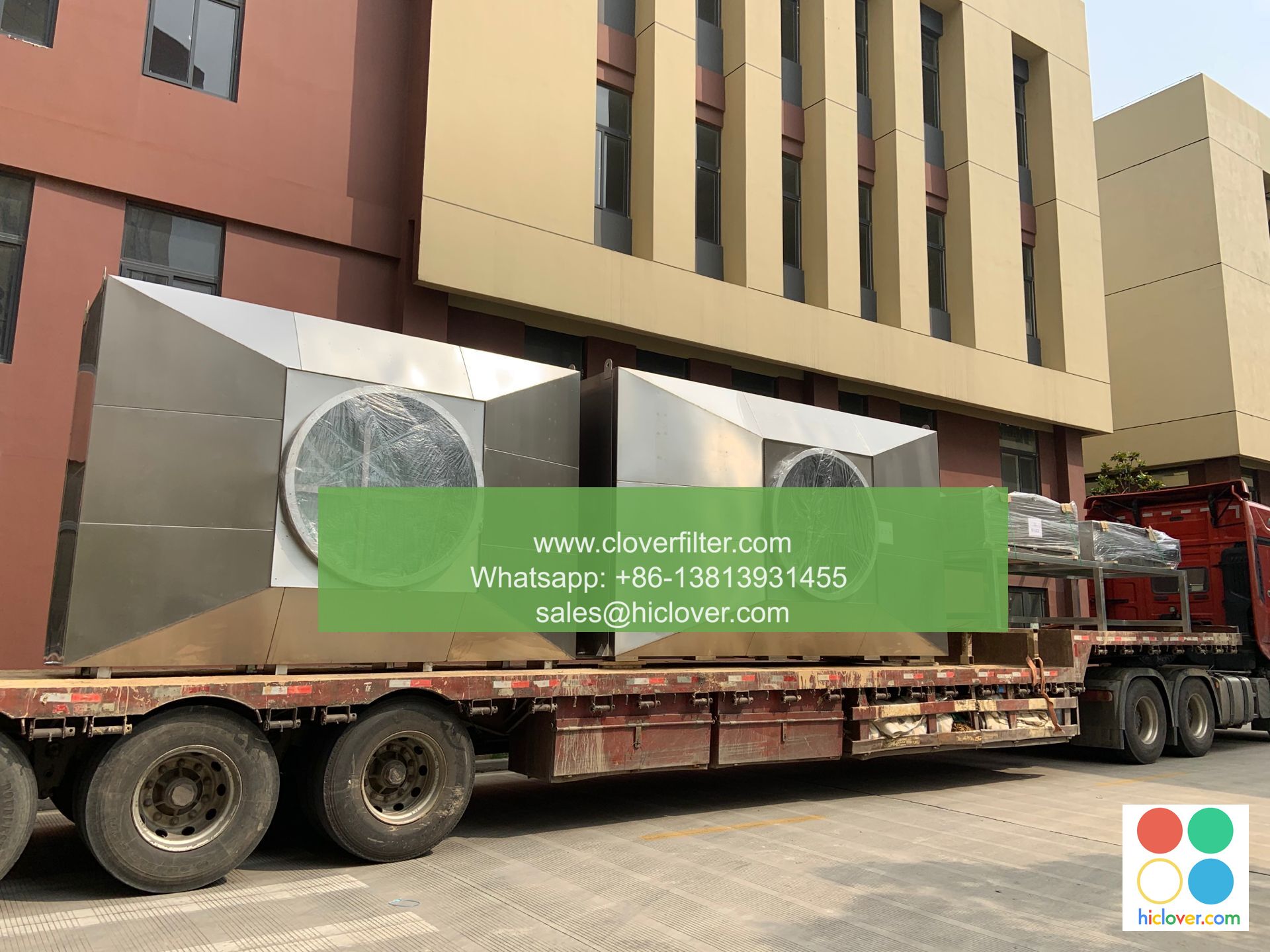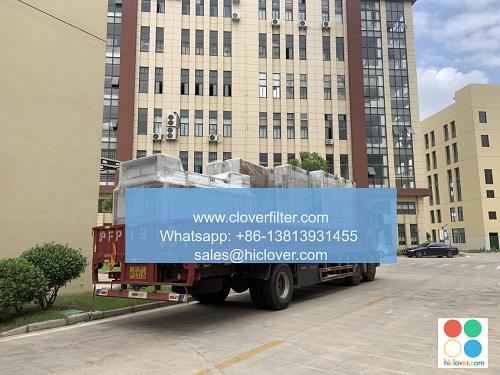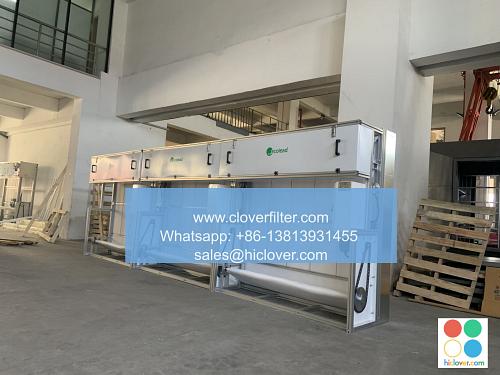Air Filter Technology: A Review of Cost Savings and ROI

Air filter technology has become an essential component in various industries, including heating, ventilation, and air conditioning (HVAC), industrial manufacturing, and healthcare. The primary function of air filters is to remove contaminants and pollutants from the air, improving indoor air quality and reducing the risk of airborne diseases. In this article, we will review the cost savings and return on investment (ROI) of air filter technology, highlighting its applications in different areas.
Introduction to Air Filter Technology
Air filter technology has evolved significantly over the years, with advancements in materials and designs leading to improved efficiency and effectiveness. Nanofiber air filters, electrostatic air filters, and activated carbon air filters are some of the popular types of air filters used in various applications. These filters are designed to capture particulate matter (PM), volatile organic compounds (VOCs), and microorganisms, ensuring cleaner and healthier air.
Cost Savings of Air Filter Technology
The cost savings of air filter technology can be substantial, particularly in industrial and commercial settings. By reducing the amount of energy required to heat, cool, and ventilate buildings, air filters can help lower utility bills and operating costs. Additionally, air filters can extend the lifespan of HVAC equipment and reduce maintenance costs by preventing damage from airborne contaminants. A study by the American Society of Heating, Refrigerating, and Air-Conditioning Engineers (ASHRAE) found that air filters can save up to 20% of energy costs in commercial buildings.
ROI of Air Filter Technology
The ROI of air filter technology can be significant, particularly in industries where indoor air quality (IAQ) is critical. In healthcare settings, for example, air filters can help reduce the risk of hospital-acquired infections (HAIs) and improve patient outcomes. A study by the Centers for Disease Control and Prevention (CDC) found that improving IAQ in hospitals can result in cost savings of up to $10,000 per patient. In industrial manufacturing, air filters can help reduce product defects and worker absenteeism, leading to increased productivity and profitability.
Application Areas of Air Filter Technology
Air filter technology has a wide range of applications, including:
- Residential HVAC: Air filters can improve IAQ and reduce energy costs in homes.
- Commercial HVAC: Air filters can help reduce energy costs and improve IAQ in office buildings, schools, and hospitals.
- Industrial Manufacturing: Air filters can help reduce product defects and worker absenteeism in industries such as electronics, pharmaceuticals, and food processing.
- Healthcare: Air filters can help reduce the risk of HAIs and improve patient outcomes in hospitals and healthcare facilities.
- Transportation: Air filters can improve IAQ and reduce energy costs in vehicles and public transportation systems.
Conclusion
In conclusion, air filter technology offers significant cost savings and ROI in various industries and applications. By improving IAQ and reducing energy costs, air filters can help businesses and individuals save money and improve productivity. As the technology continues to evolve, we can expect to see even more innovative and effective air filter solutions in the future. Whether you’re looking to improve IAQ in your home or reduce energy costs in your business, air filter technology is definitely worth considering. With its numerous benefits and applications, air filter technology is an essential component in creating a healthier, more sustainable, and more energy-efficient future. It seems like you didn’t include a question or topic for me to address. Could you please provide more details or clarify what you would like to discuss?


